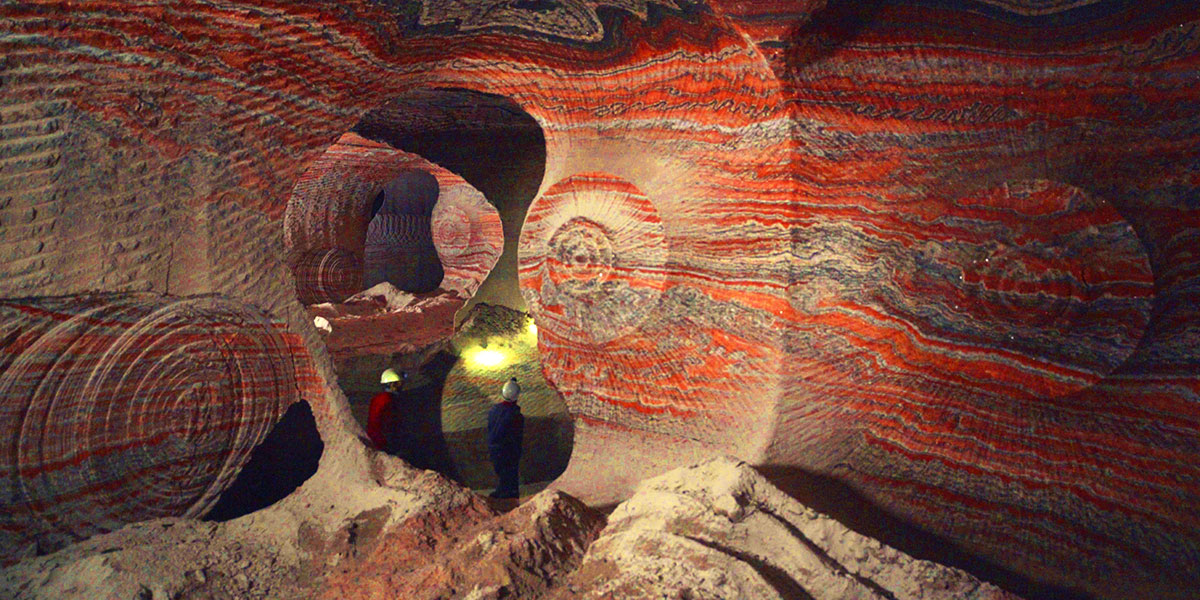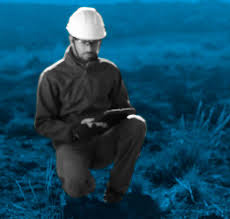

We will guide participants through recent examples, case studies and relevant exercises to efficiently convey the concept that the integration of all available data adds value to the predictions that result from seismic interpretation models. The modular design of this course allows quickly adapt to full or reduced versions, meeting the requirements, profiles and interests of different groups of participants. The course will provide to the professionals of exploration and production of the oil industry the necessary knowledge on visualization, integration and interpretation techniques recently developed for interpreting 3D seismic data.
By the end of this course, delegates will be able to:
Geologists, Geophysicists, Reservoir Engineers, Production Engineers, Petrophysicists, Petroleum Engineers, Drilling Engineers, Field Development Engineers, Managers, Asset Managers, Oil & Gas Engineers, Reservoir Operators, Surveillance Engineers, Technicians, Engineering Trainees, Technical Managers, Technical Assistants, Technicians, Chemists, Physicists, Technical Supervisors, Service Company Personnel responsible for improving the performance of petroleum reservoirs,
Introduction
Sequence Seismic Stratigraphy and Seismic Attributes
Rock Physics and Visualization Techniques
Interpretation of Seismic Data
Special Seismic Techniques
CDGA attendance certificate will be issued to all attendees completing minimum of 80% of the total course duration.
| Code | Date | Venue | Fees | Register |
|---|---|---|---|---|
| GE102-01 | 04-01-2026 | Dubai | USD 5450 | |
| GE102-02 | 06-04-2026 | Kuala-Lumpur | USD 5950 | |
| GE102-03 | 05-07-2026 | Amman | USD 5450 | |
| GE102-04 | 01-11-2026 | Cairo | USD 5450 |

This five day Advanced Seismic Interpretation Course is designed for E&P professionals and aims to provide essential knowledge on visualization, integration, and interpretation techniques that have be ...

This course will provide the candidates with the fundamentals and language of petroleum geology, exploration, drilling and production. This understanding will enable you to communicate more efficientl ...

Finding new oil and gas reserves is core business for most oil & gas companies or government petroleum organizations. Geologist working in exploration teams need to have a thorough grasp of the geolog ...

This course provides an introduction to seismic surveys, how they are justified, acquired, processed and interpreted. Throughout the course, the candidates will gain an understanding of the strengths ...

For Petrotechnical professionals seeking to gain a practical knowledge and understanding of the techniques and concepts used in the seismic interpretation process, this course provides a thorough intr ...

This course is designed to develop skills in understanding of the basic geometry and Petrophysical characteristics of carbonate reservoirs which can exhibit highly heterogeneous and complex properties ...
Providing services with a high quality that are satisfying the requirements
Appling the specifications and legalizations to ensure the quality of service.
Best utilization of resources for continually improving the business activities.
CDGA keen to selects highly technical instructors based on professional field experience
Since CDGA was established, it considered a training partner for world class oil & gas institution
3012, Block 3, 30 Euro Business Park, Little Island, Co. Cork, T45 V220, Ireland
Mon to Fri 09:00 AM to 06:00 PM
Contact Us anytime!
Request Info